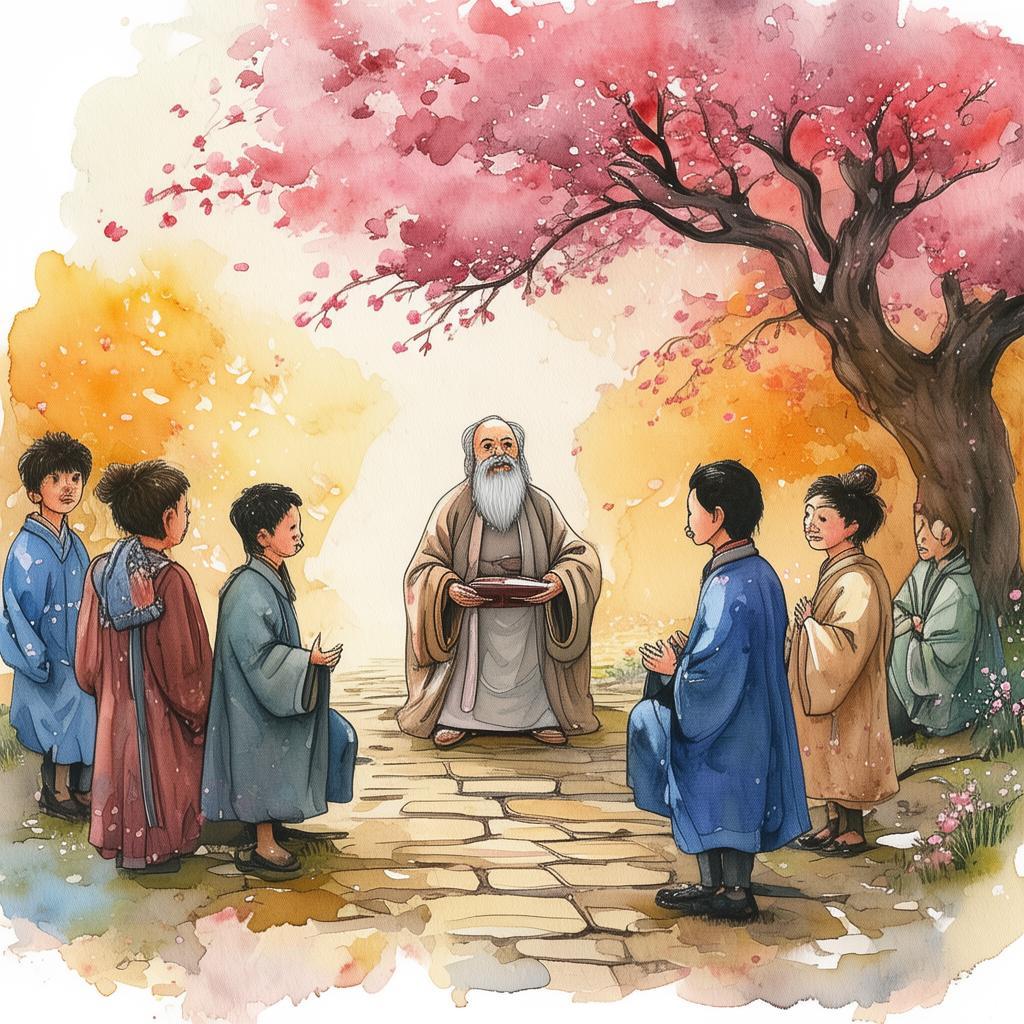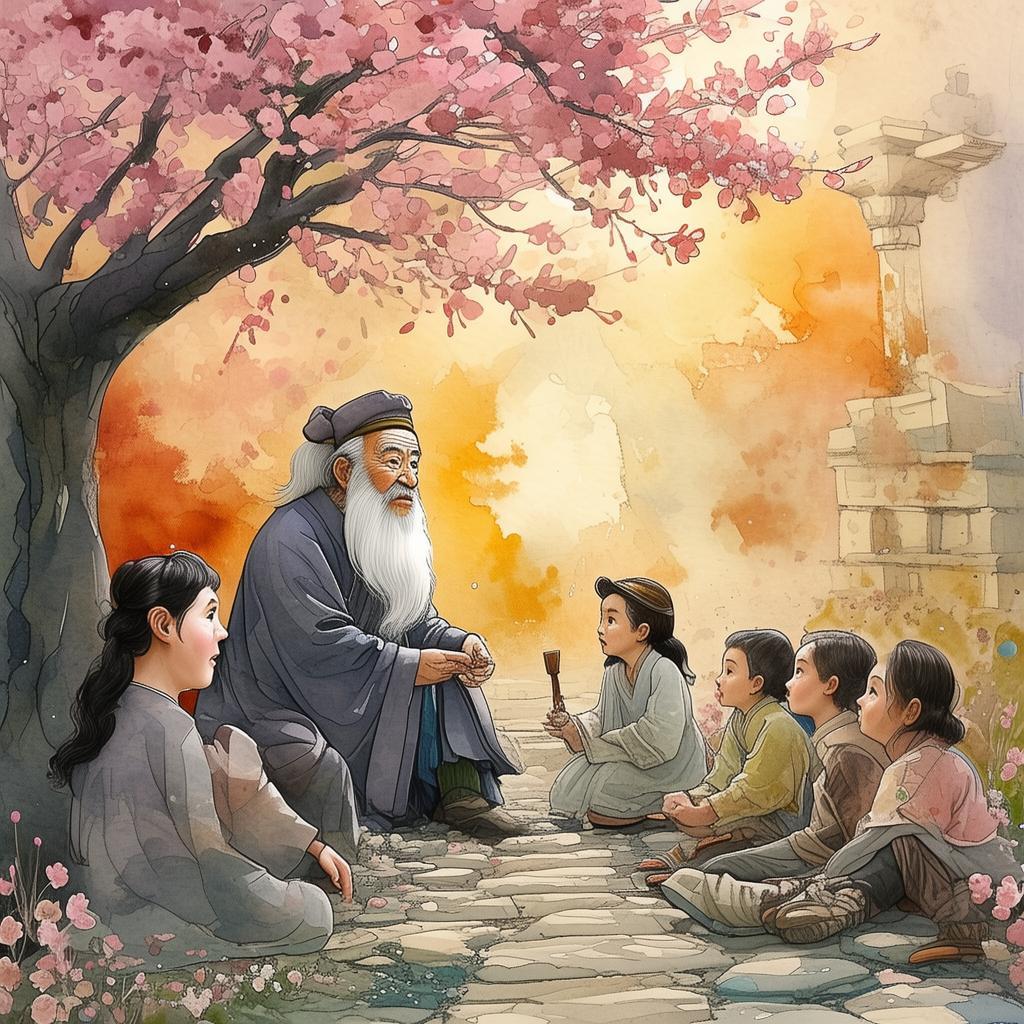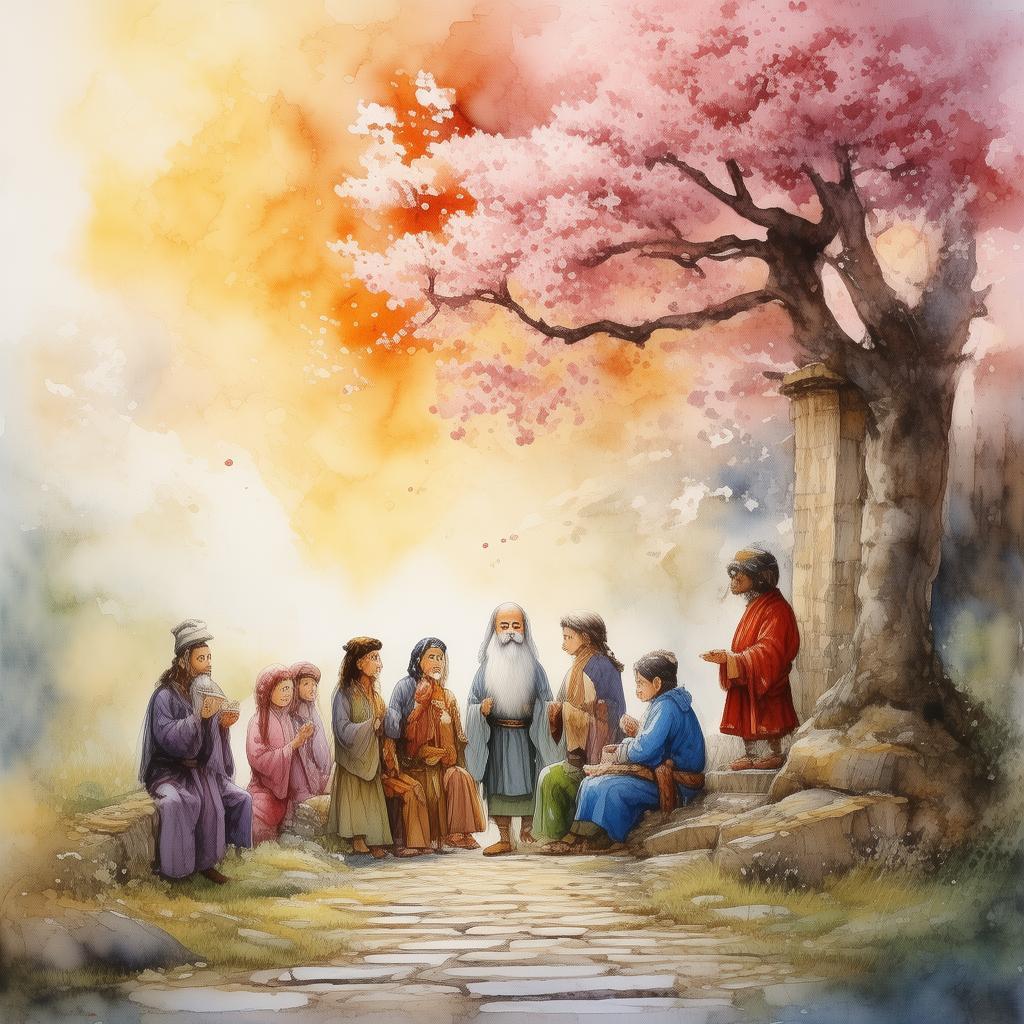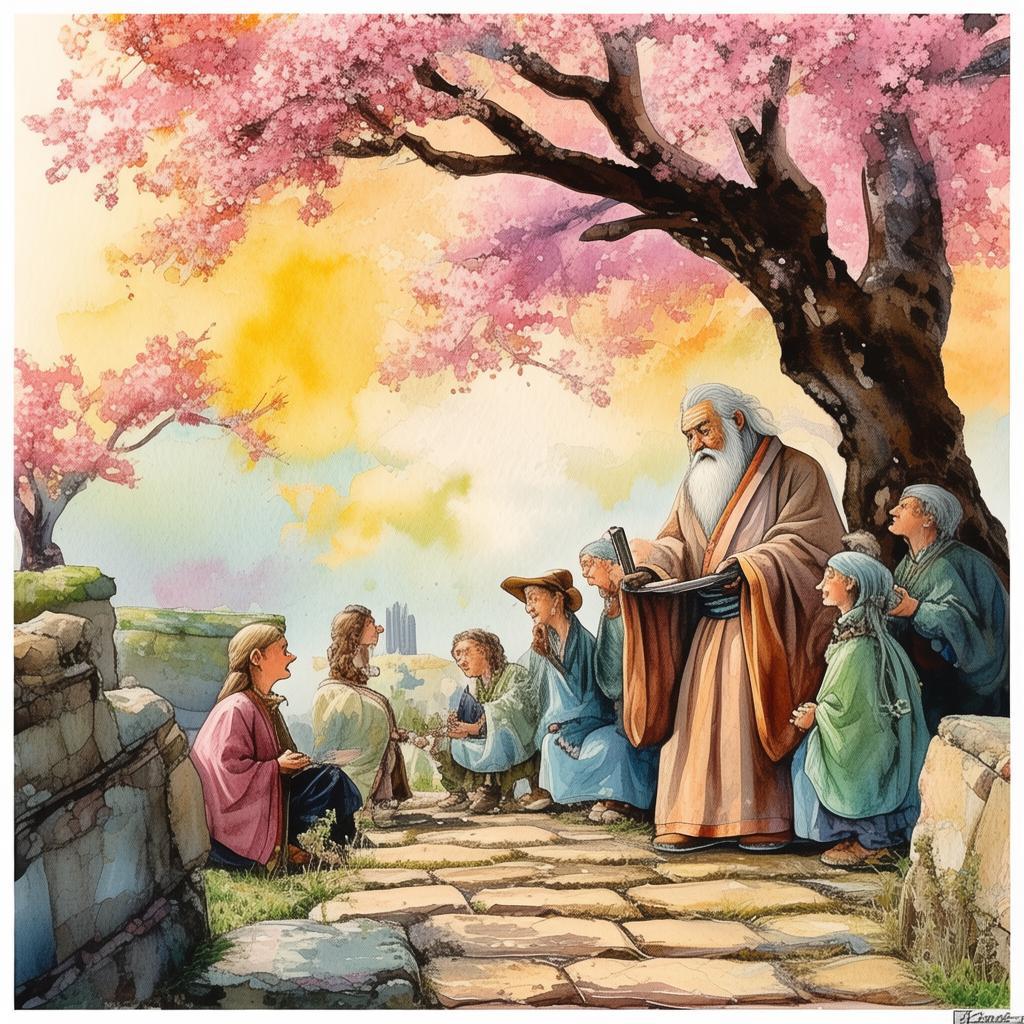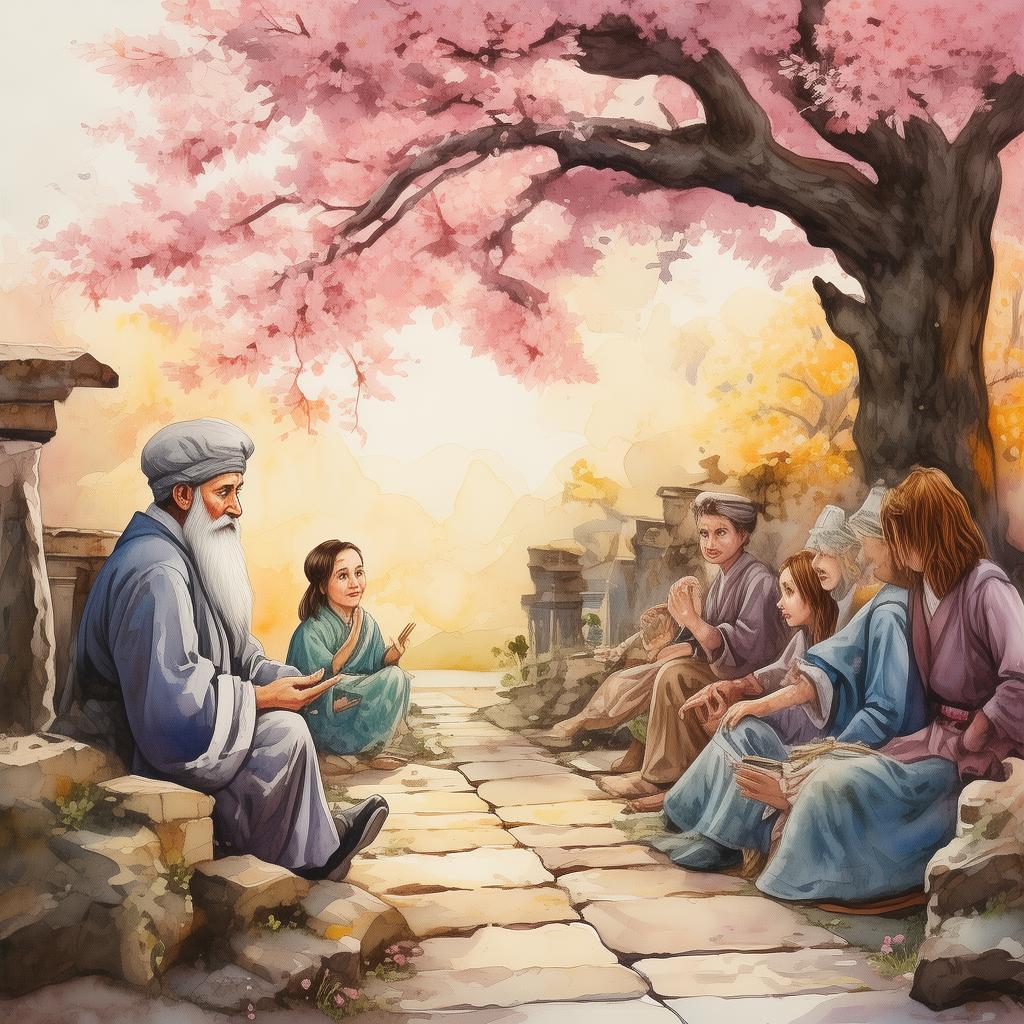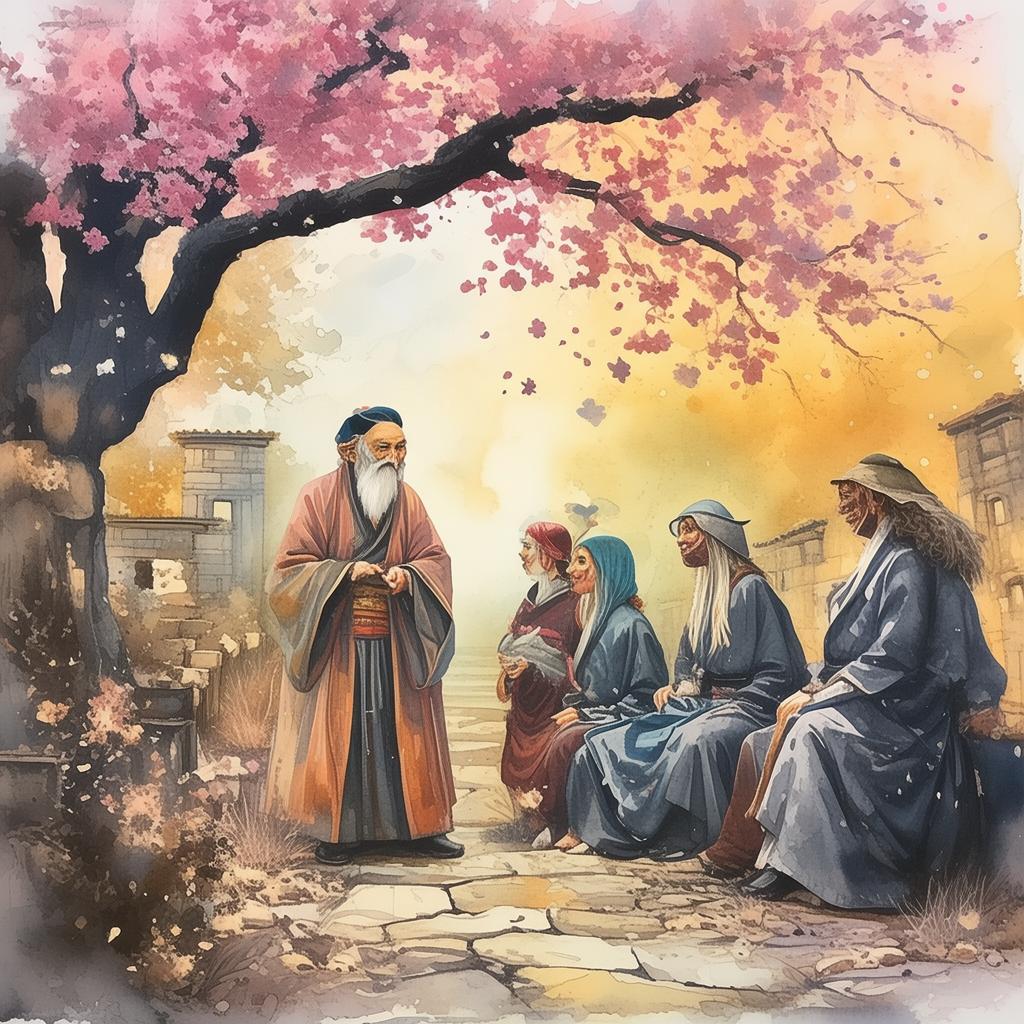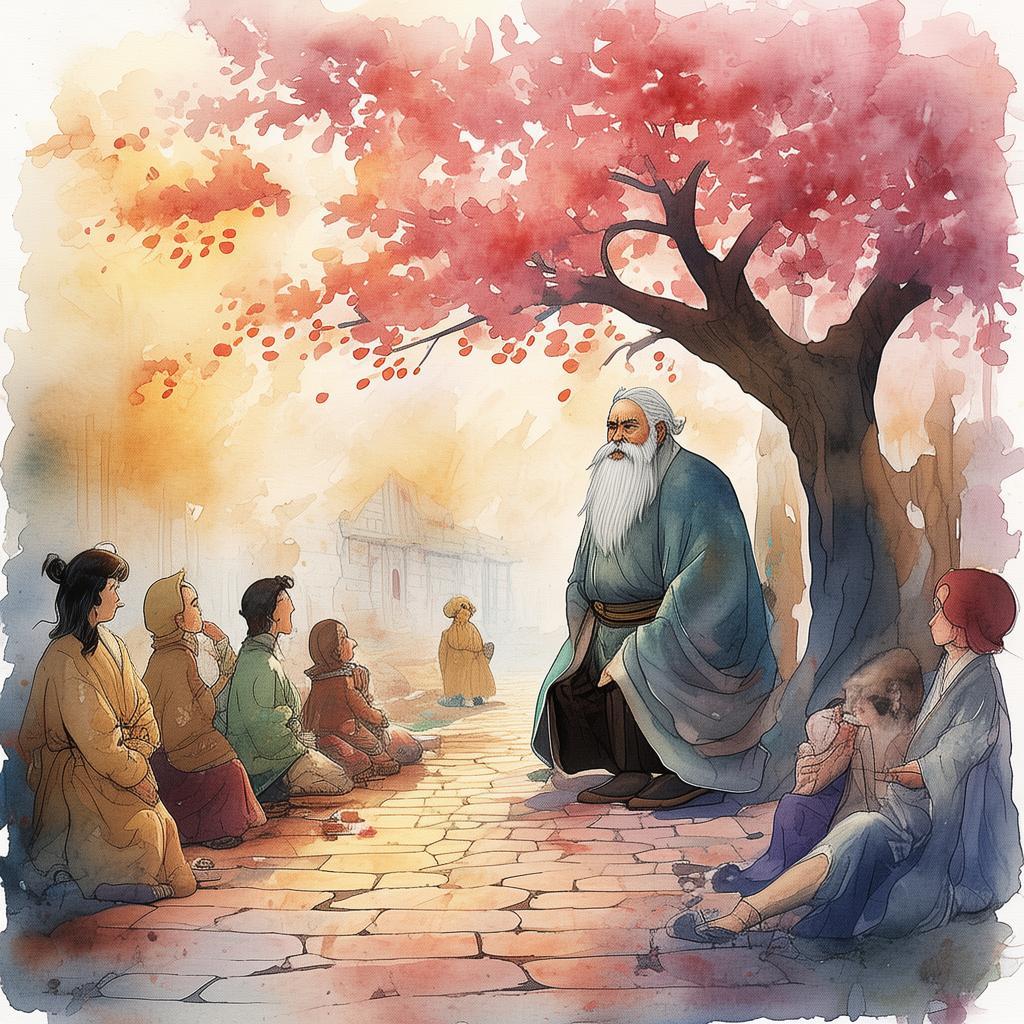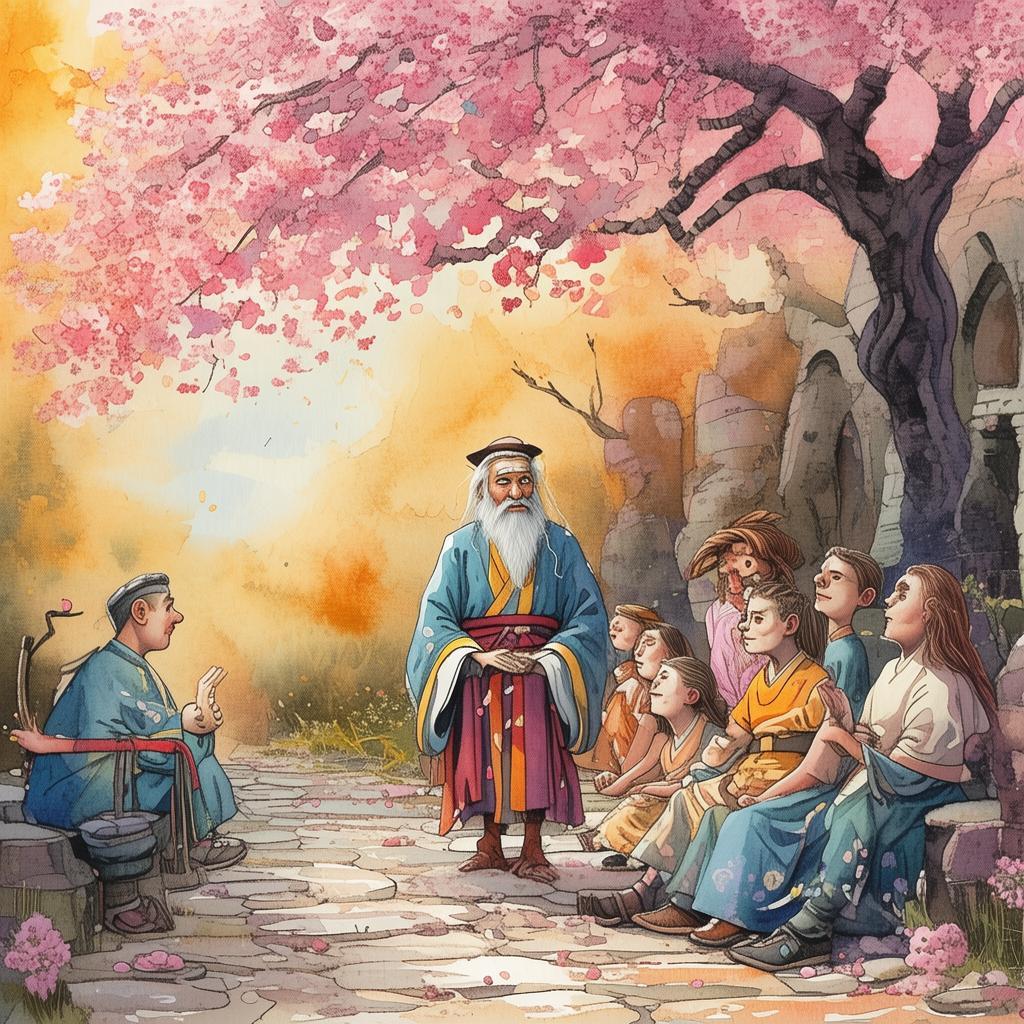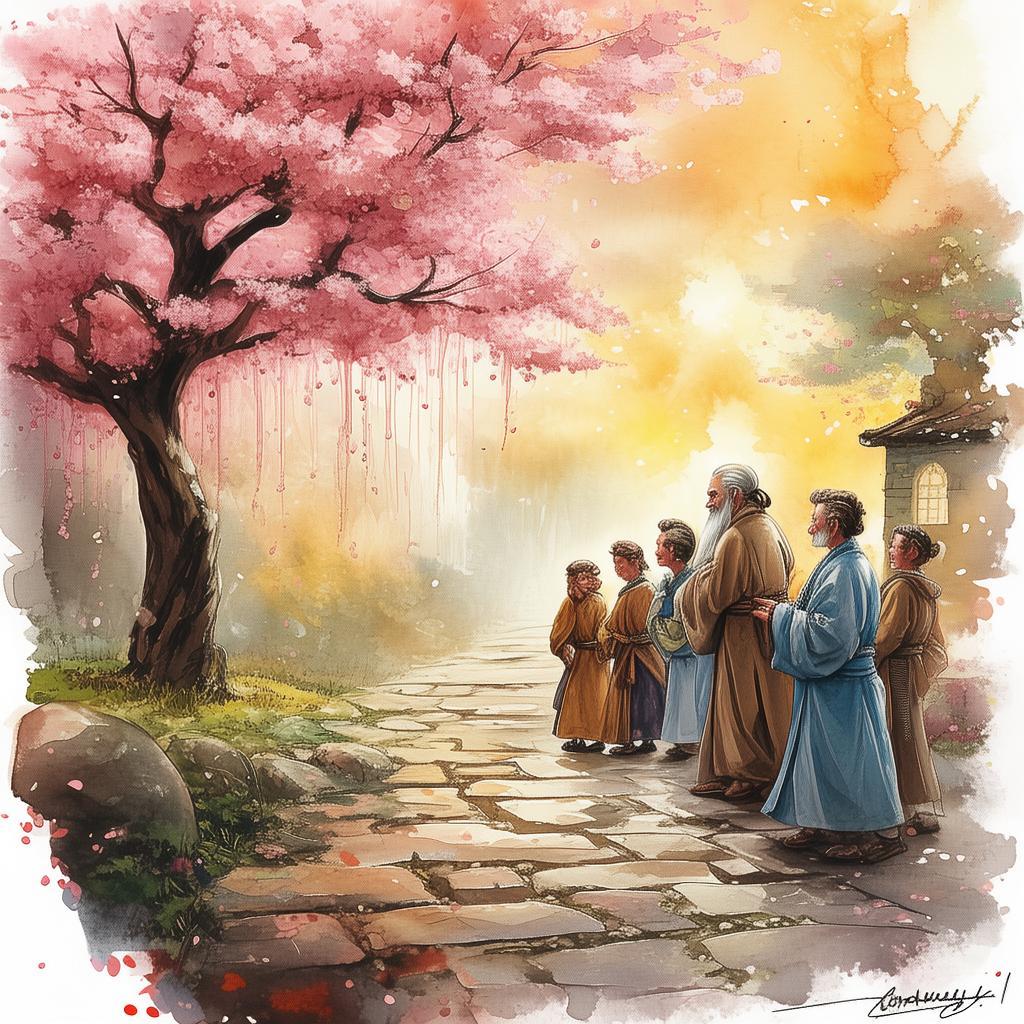The Two Princes' Alliance: A Royal Unity
In the ancient kingdom of Liancheng, two brothers, Crown Prince Ming and Prince Wei, ruled with wisdom and harmony. The kingdom was divided into two provinces, each governed by one of the brothers. Though they were close, the rivalry between the provinces was palpable, and the people of Liancheng yearned for a single ruler to lead them into a golden age.
One fateful day, the kingdom faced a dire threat from a neighboring empire that sought to conquer Liancheng. The people, weary of constant conflict, rallied behind the idea of a unified kingdom under a single ruler. Prince Ming and Prince Wei saw this as an opportunity to transcend their rivalry and forge a lasting bond not only for their kingdoms but for the entire realm.
With the support of their advisors, the brothers agreed to form a "Royal Unity," a treaty that would unite their provinces and establish a single throne. The entire kingdom buzzed with anticipation, and the people celebrated the alliance with festivities and grand parades.

Prince Ming, known for his strategic mind and diplomatic skills, took the lead in negotiating the treaty. Prince Wei, a brave warrior with a heart of gold, was tasked with securing the loyalty of the people and the military. The brothers were inseparable, and their friendship was the cornerstone of the alliance.
However, not everyone in the kingdom was pleased with the alliance. Among the advisors and courtiers, whispers of treachery and ambition grew. Some believed that Prince Wei's rise to power would undermine their own influence, while others feared that the unity would erode the unique culture and traditions of their provinces.
As the treaty neared its completion, a shadowy figure approached Prince Ming with a proposition. This figure, a cunning and manipulative courtier named Feng, promised to ensure the success of the alliance but demanded a price. Prince Ming, trusting in the integrity of his brother, agreed to the deal, unaware of the depths of Feng's betrayal.
Meanwhile, Prince Wei, sensing the unease among the people, sought to strengthen the bond between the provinces. He organized a series of festivals and cultural exchanges, fostering a sense of unity and brotherhood among the people. The kingdom began to thrive, and the people's love for their princes grew.
But as the celebrations reached their peak, a letter from Prince Ming revealed the true nature of Feng's proposition. The letter, intercepted by a loyal servant, exposed Feng's plot to betray Prince Ming and seize power for himself. Prince Wei, upon reading the letter, was torn between his loyalty to his brother and his duty to protect the kingdom.
In a dramatic turn of events, Prince Wei confronted Feng in a secret meeting. The courtier, caught in a web of his own making, revealed his plan to incite rebellion in the name of restoring the old order. Realizing the gravity of the situation, Prince Wei decided to act swiftly.
With the help of his closest advisors and the people's support, Prince Wei orchestrated a daring plan to expose Feng's treachery. The night of the grand feast, as the entire kingdom celebrated the formalization of the alliance, Prince Wei's men infiltrated Feng's secret hideout and apprehended the courtier.
The revelation of Feng's betrayal shook the kingdom, and the people, who had once celebrated the alliance, now demanded justice. Prince Ming, humbled by the truth, vowed to restore the kingdom's honor and to ensure that such treachery never occurred again.
The trial of Feng was a spectacle, with evidence of his treachery laid bare for all to see. The courtier was sentenced to death, and the kingdom mourned his fall. But out of the darkness came a glimmer of hope, as Prince Ming and Prince Wei, now united in their resolve, worked tirelessly to rebuild the trust between their provinces.
The brothers introduced a series of reforms, including the creation of a council to oversee the kingdom's affairs, ensuring that power would be shared and no single ruler could abuse their authority. The people, grateful for the brothers' dedication, welcomed the changes with open arms.
Years passed, and the kingdom of Liancheng flourished under the rule of the Two Princes' Alliance. The brothers, now inseparable, were hailed as the saviors of the realm. The story of their unity and the challenges they overcame became a legend, passed down through generations as a testament to the strength of brotherhood and the power of trust.
The Two Princes' Alliance: A Royal Unity became a symbol of resilience and unity, inspiring countless tales of bravery and loyalty. The kingdom of Liancheng, once divided, stood as a beacon of harmony, a testament to the power of trust and the enduring bonds of brotherhood.
✨ Original Statement ✨
All articles published on this website (including but not limited to text, images, videos, and other content) are original or authorized for reposting and are protected by relevant laws. Without the explicit written permission of this website, no individual or organization may copy, modify, repost, or use the content for commercial purposes.
If you need to quote or cooperate, please contact this site for authorization. We reserve the right to pursue legal responsibility for any unauthorized use.
Hereby declared.
